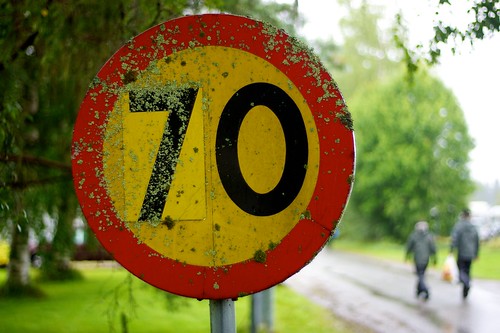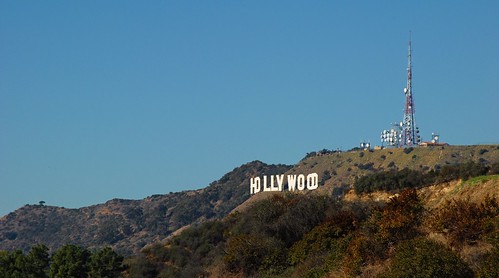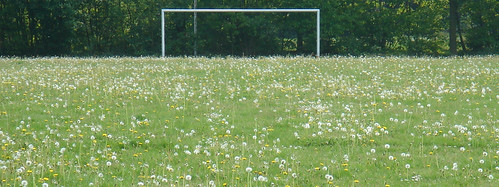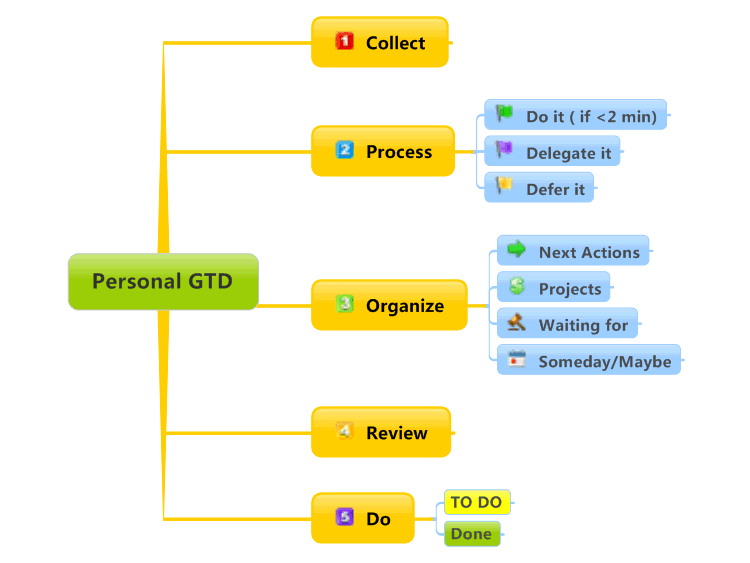
Teens are overwhelmed, partly because they don’t yet have the skills to manage the unprecedented amount of stuff that enters their brains each day. – from LifeHacker.com
“Your mind is for having ideas, not holding them.”
“You can do anything, but not everything.”
― David Allen, (GTD) Getting Things Done for Teens: Take Control of Your Life in a Distracting World
SUMMARY
This week I learned more about getting things done and then I got those things done while using different systems like my planner. Trello, Flora, and more.
PRACTICE ROOM (TUTORIALS)
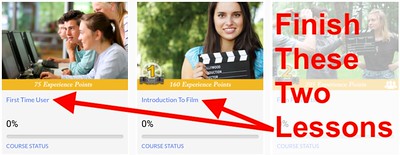
- Set a timer
- Spend up to 60 minutes in this ‘room’
- Complete…
- First Time User
- Introduction To Film
CLASSROOM (THEORY & ANALYSIS)

You are going to learn to develop your own version of David Allen’s Getting Things Done (GTD) process in this ‘room.’
- Set a timer
- Spend 45 minutes in this ‘room’
- Spend 20 minutes watching The Art of Stress-Free Productivity: David Allen
- Spend 10 minutes watching Getting Things Done (GTD) by David Allen – Animated Book Summary And Review
- Spend 5 minutes reading Help Teens De-Stress With These ‘Getting Things Done’ Hacks
- Spend 10 minutes writing a small paragraph reflection
I think the way that these videos described the process of getting things done makes a lot of sense to me. I can see how it helps with de-stressing because it is a great way to organize the billions of thoughts people have in a way that isn’t overwhelming or overly complicated. I think that these resources will definitely help me with how I approach getting things done in the future.
LAB (THEORY PRACTICED)

- Set a timer
- Spend 15 minutes in this ‘room’
- Rewatch David explain ‘Maps’ from 19:57 to 21:16 of the video

Examine Two GTD Maps: Basic and Detailed
- Detailed map by guccio@文房具社 icensed under CC BY-NC 2.0
- Basic map from BiggerPlate.com embedded below
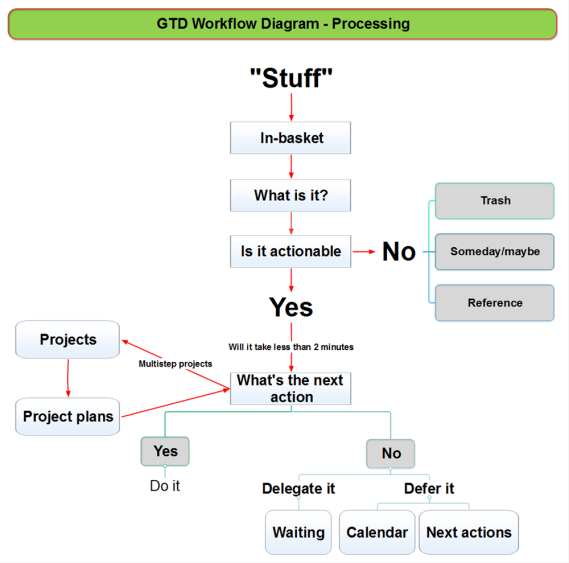
GTD-based Trusted System

- Examine and pick a trusted system from the 4 options listed below to ‘capture’ your work
- A trusted system is your method for managing your tasks in a way that you consistently get things done
-
- Trello.com with a – GTD Template
- We use Trello in this class to manage group projects
- You will create a Trello account a few weeks from now regardless
- You might want to start now
- We start using Trello in the second semester
- Watch Mr. Le Duc Creating a Trello Account and Add GTD Template Tutorial (3:45)

- You can get the free Trello app at the Apple Store or Google Play

- We use Trello in this class to manage group projects
- Your phone
- Paper and pen or pencil
- Examine LifeHacker.com’s GTD Resources
- Trello.com with a – GTD Template
OUTSIDE (PRODUCTIVITY & THE BRAIN)
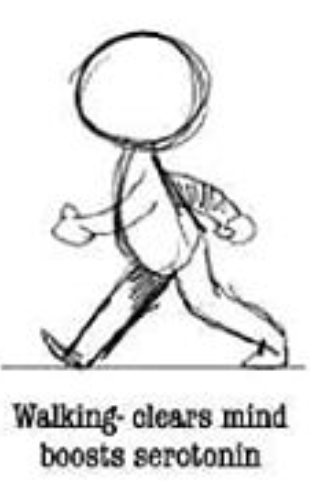
- Go for a 15-minute walk, if it is safe to do so and follow the advice from David Allen
- Bring a notepad
- Walk and relax and allow your mind to wander
- If you land on something that needs your attention, write it down
- Continue throughout your walk

- Read Getting Things Done for Teens: Take Control of Your Life in a Distracting World by David Allen
STUDIO (CREATING MAPS)
- Set a timer
- Spend up to 15 minutes
- Then watch David Allen summarize the steps
- “Very simple folks! …
- Just WRITE STUFF DOWN
- Decide the ACTIONS and OUTCOMES embedded in them
- Get yourself a MAP OF ALL THAT so you can step back and take a look at it.
- And then, basically, you USE THE MAP TO DECIDE, “OK, here’s the course that we’re going to go on.”
- You then LAUNCH the ‘ship’ on a trusted course in the short term, as well as on the long horizon that you’re moving on.
- And then, on a regular basis, you need to REASSESS, “OK, we need to take in NEW DATA, CLEANUP, RECALIBRATE, and REFOCUS for the next leg of the journey.”
- It’s that simple…”
- “Very simple folks! …
- ‘Capture’ all the ACTION ITEMS you can in your GTD Trusted System
WHAT I LEARNED and PROBLEMS I SOLVED
This week I learned more about getting things done and what systems work for me. One problem I had to solve was when submitting my application to UW, I didn’t get an email back with confirmation. I emailed UW admissions, and they responded and made sure they received my application. I also had to prioritize submitting that application over some of my homework assignments, which is why I finished this blog post late.



